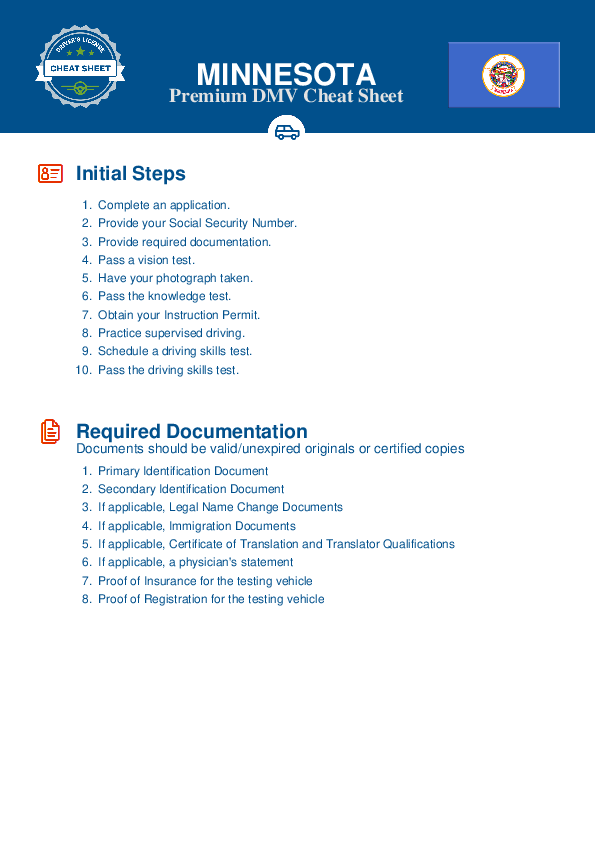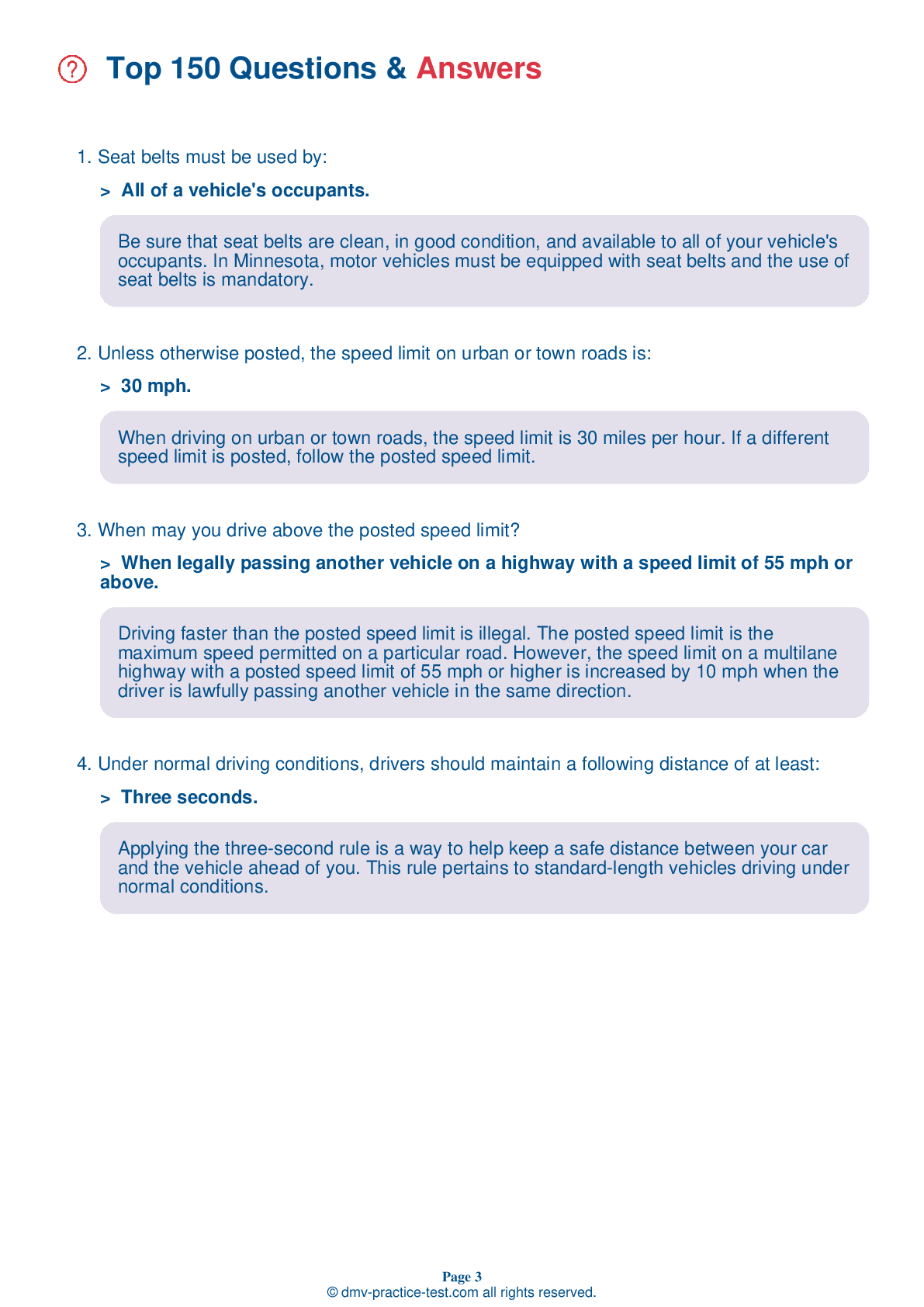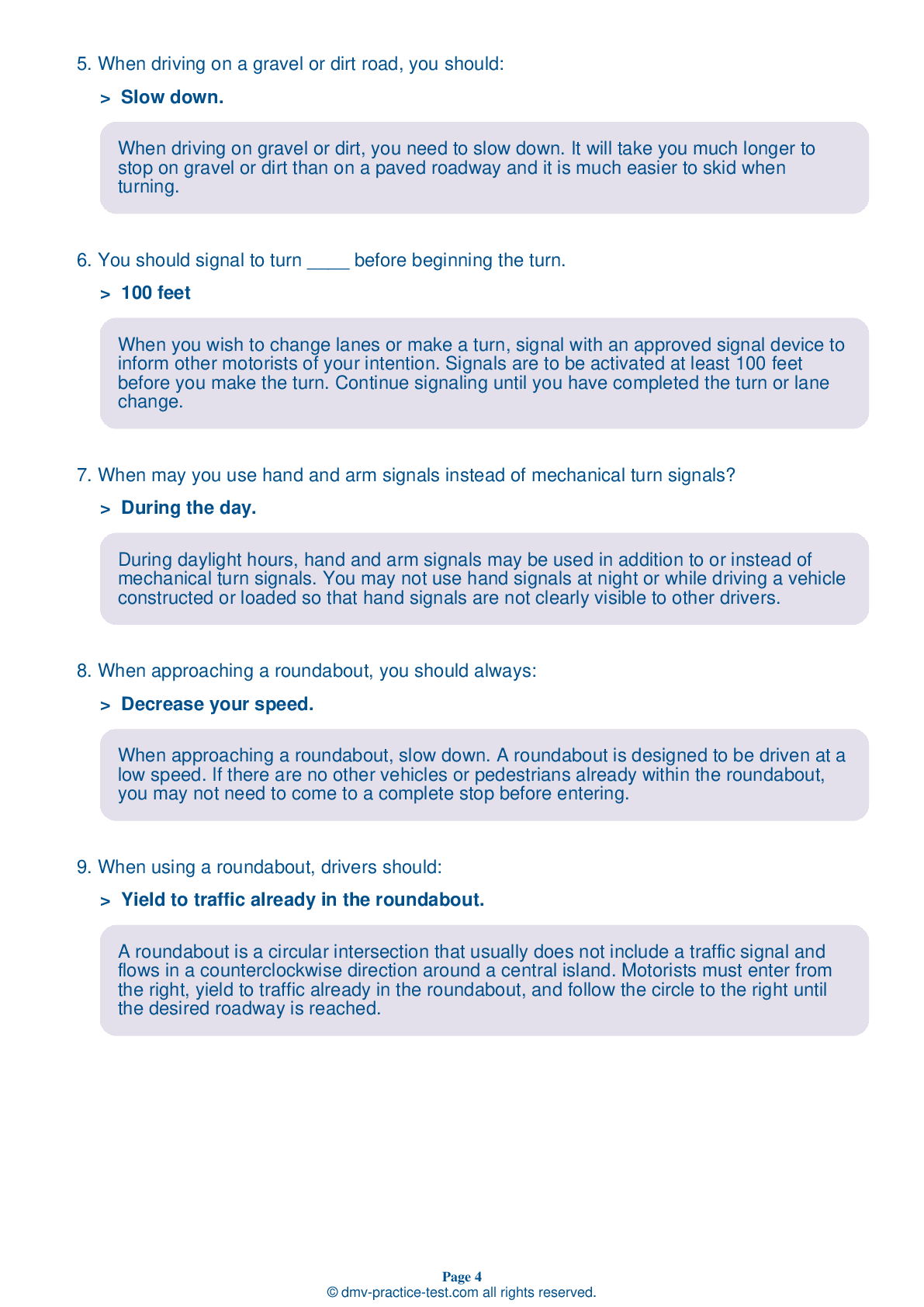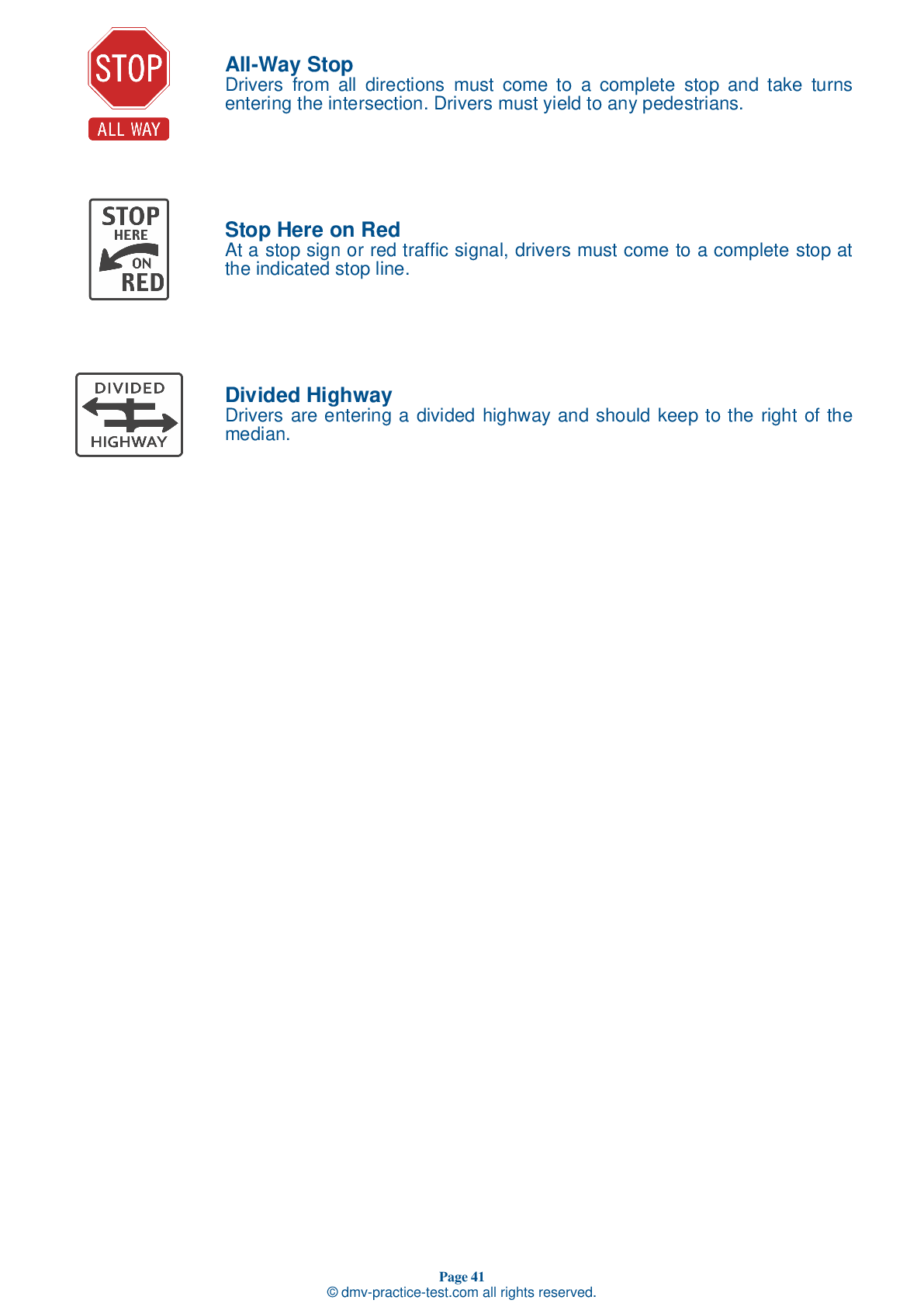FREE Minnesota DMV Practice Test #15 Page 5 of 5
The Minnesota DMV practise examinations have been updated for January 2026. It includes questions based on the Minnesota Driver Handbook's most essential traffic signals and laws for 2026. Use actual questions that are very similar (often identical!) to the DMV driving permit test and driver's licence exam to study for the DMV driving permit test and driver's licence exam.
On the practise exam, each question gets a tip and explanation to help you remember the concepts. The written component of the official Minnesota DMV test will include questions about traffic rules, traffic signs, and driving statutes, as well as knowledge from the Driver Handbook.
To obtain a passing grade, you must correctly answer 32 of the 40 questions. To help you prepare for your instruction permit or driver's licence, take our Minnesota DMV practise test.
The DMV exam is available in several languages.
Using any kind of testing assistance will result in an automatic fail, and the DMV may take additional action against your driver's licence, so stay away from it.
33 . A “No stopping” sign means that, unless directed to do so by a police officer, you may stop only:
A "No stopping" sign means you can only stop to obey a traffic signal, to obey a police officer, or to prevent a conflict with another vehicle.
34 . When making a right turn on a green light, you must:
Unless a posted sign prohibits it, you may turn right or left at a steady green light. When turning, you must yield to other vehicles and pedestrians within the intersection.
35 . Yield also means stop if you cannot merge safely into the flow of traffic.
In a situation requiring you to yield the right-of-way, you must also stop if you cannot merge safely into the flow of traffic.
36 . This road sign means:

This sign means that a traffic signal is ahead. You should slow down and be prepared to stop.
37 . This sign means:
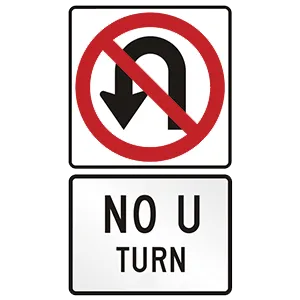
A regulatory sign displaying a red circle with a red slash through the middle indicates that a specific action is prohibited. U-turns are not permitted where this sign is posted.
38 . When approaching a traffic signal displaying a steady green arrow, drivers:
A green arrow displayed on a traffic signal tells drivers that they may turn in the direction of the arrow. You must be in the proper lane for such a turn. Yield the right-of-way to vehicles and pedestrians already in the intersection.
39 . This road sign means:
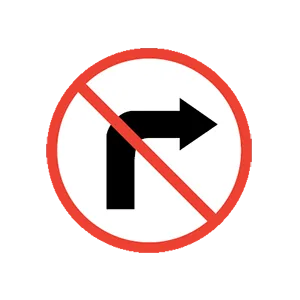
Regulatory signs display laws that drivers must always obey. Right turns are not permitted where this sign is present.
40 . This sign means:

